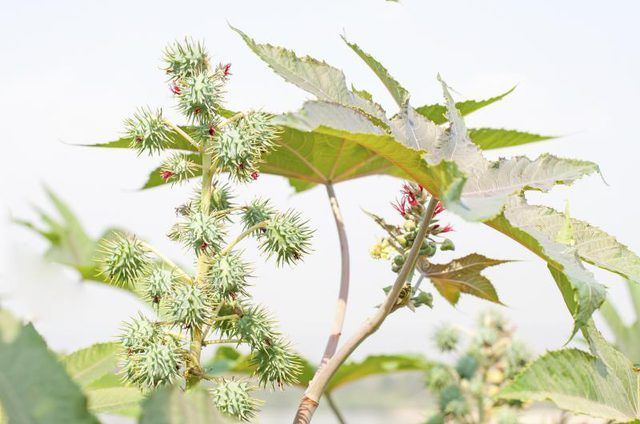Bulbs
Flower Basics
Flower Beds & Specialty Gardens
Flower Garden
Garden Furniture
Garden Gnomes
Garden Seeds
Garden Sheds
Garden Statues
Garden Tools & Supplies
Gardening Basics
Green & Organic
Groundcovers & Vines
Growing Annuals
Growing Basil
Growing Beans
Growing Berries
Growing Blueberries
Growing Cactus
Growing Corn
Growing Cotton
Growing Edibles
Growing Flowers
Growing Garlic
Growing Grapes
Growing Grass
Growing Herbs
Growing Jasmine
Growing Mint
Growing Mushrooms
Orchids
Growing Peanuts
Growing Perennials
Growing Plants
Growing Rosemary
Growing Roses
Growing Strawberries
Growing Sunflowers
Growing Thyme
Growing Tomatoes
Growing Tulips
Growing Vegetables
Herb Basics
Herb Garden
Indoor Growing
Landscaping Basics
Landscaping Patios
Landscaping Plants
Landscaping Shrubs
Landscaping Trees
Landscaping Walks & Pathways
Lawn Basics
Lawn Maintenance
Lawn Mowers
Lawn Ornaments
Lawn Planting
Lawn Tools
Outdoor Growing
Overall Landscape Planning
Pests, Weeds & Problems
Plant Basics
Rock Garden
Rose Garden
Shrubs
Soil
Specialty Gardens
Trees
Vegetable Garden
Yard Maintenance
How to Grow Castor Bean Plant (Ricinus Communis)
How to Grow Castor Bean Plant (Ricinus Communis). The castor bean plant (Ricinus communes) walks a fine line between landscape-acceptable ornamental and highly toxic weed. It grows fast, reaching 6 to 10 feet tall in a few months. In U.S. Department of Agriculture plant hardiness zones 9 through 11, it grows as a perennial, but with the fast growth...

The castor bean plant (Ricinus communes) walks a fine line between landscape-acceptable ornamental and highly toxic weed. It grows fast, reaching 6 to 10 feet tall in a few months. In U.S. Department of Agriculture plant hardiness zones 9 through 11, it grows as a perennial, but with the fast growth rate it works well as an annual in frost-prone areas. This plant is only suitable for areas where children and pets never go because the whole plant is poisonous and its bright red seeds especially so.
Spacing and Landscape Suitability
The castor bean plant needs full sun and loamy soil with fast drainage. To create a dense planting without causing crowding, leave at least 4 feet between plants. Because of the highly toxic nature of the seeds, leaves and stalks, never grow this ornamental in areas where children and pets have access to the garden. The seeds are the most poisonous part of the plant. They fall naturally in the fall, creating a potentially toxic hazard at ground level.
Watering and Drought Tolerance
To support their rapid growth, castor bean plants need abundant water early in the spring and summer. Water once a week, giving each plant a total of 1 inch of water at each watering session. Apply it slowly with a hose or soaker hose so water can seep down around the roots. Adding a lot of water all at once will cause it to run off and away from the roots. After castor bean plants reach their mature height, a brief period of drought won't damage or slow growth.
Fertilizer for Sustained Growth
Regular fertilizer through the growing season keeps a castor bean plant growing strong and lush. Once a month, apply a general purpose fertilizer such as a 10-20-10, 5-10-5 or a 10-10-10 formula. Use 1/2 cups for a 100-square-foot area around the plants. Once you finish fertilizing, water the soil with 1 inch of water. (This should replace one the the regular weekly waterings.)
Wind Damage and Staking
Ideally, grow ornamental castor bean plants in a protected area as strong winds can break the stalks and shred the leaves, making the foliage look ragged. In windy spots, keep the plants from falling over with stakes. Drive a stake 10 to 12 feet tall (or as tall as the height of the plant) into the soil 12 inches from the base, and loosely tie the stem to the stake.
Preventing Spread and Toxic Poisoning
Keep castor bean plants from taking over the garden by clipping the flower heads before they produce seeds, but you have to get every single one. This also helps keep the toxic seeds off the ground. Clip flower stalks where they attach to the stem, and wash the shears with soap and water. In cold areas, the will die with the first frost. Remove dead plants and discard them in the garbage. All parts are poisonous, so don't put them in the compost.